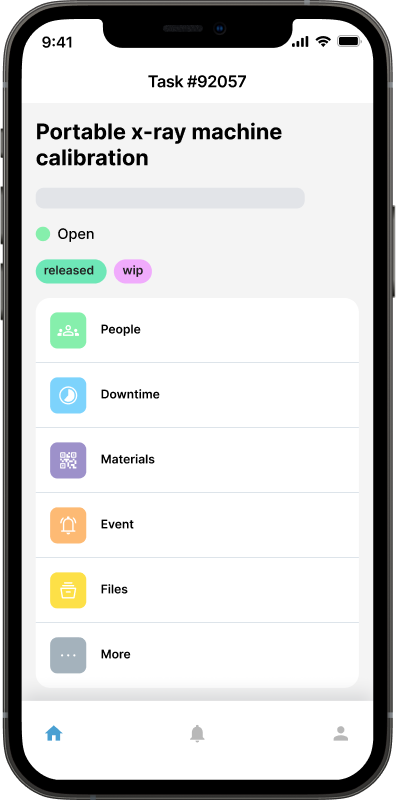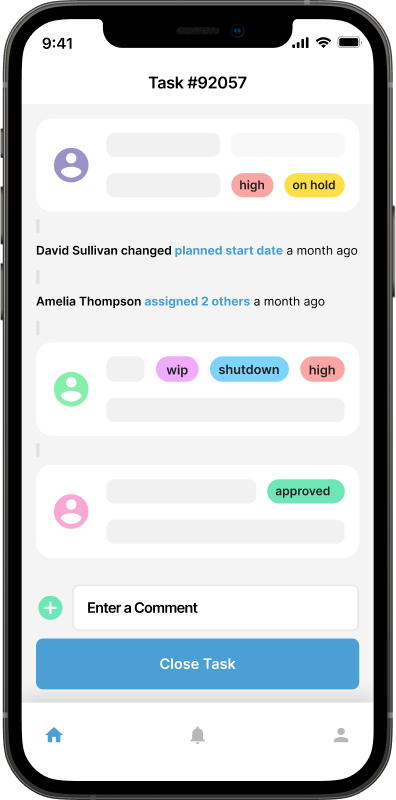Challenging Existing CMMS Processes: A Rigid Framework for Efficiency

Challenging Existing CMMS Processes: A Rigid Framework for Efficiency
While flexibility in CMMS configuration is often touted as a strength, it can inadvertently reinforce inefficiencies by allowing organizations to cling to outdated processes simply because “that’s how it’s always been done.” Instead of bending to fit existing workflows, a truly effective CMMS should actively challenge the status quo, guiding organizations toward best practices to streamline operations and improve efficiency.
Embrace Change to Improve Efficiency
Organizations should view the implementation of a CMMS as an opportunity to rethink and refine their processes rather than preserving legacy workflows. Rigid frameworks built around industry best practices can:
Help eliminate inefficiencies ingrained in old systems.
Ensure consistency and standardization across teams and locations.
Provide a benchmark for optimizing maintenance workflows, such as prioritizing preventive maintenance over reactive tasks.
By encouraging teams to adapt to proven, standardized methods, the CMMS becomes a tool for transformation rather than just a passive record-keeping system.
Guided Best Practices Over Customization
Over-customization can dilute the benefits of a CMMS, leading to fragmented processes and missed opportunities for improvement. Instead, a modern CMMS should:
Offer predefined workflows based on industry standards, ensuring teams adopt practices that maximize uptime and efficiency.
Provide data-driven recommendations to guide decisions, such as how to schedule maintenance tasks or allocate resources more effectively.
Include built-in training modules and guidance to help teams transition to better processes with minimal friction.
This approach helps organizations avoid the pitfalls of maintaining “business as usual” when a better way exists.
Foster Organizational Change Through Careful Management

Forcing teams to adjust to a new CMMS can often be met with resistance, but careful change management can help ease the transition. This involves:
Communicating the benefits of new workflows clearly to all stakeholders.
Involving end-users early in the process, so they feel ownership over the change.
Offering ongoing training and support to build confidence in the new system and processes.
By aligning the organization around shared goals and demonstrating the value of change, employees are more likely to embrace a new way of working.
Build for Scalability and Future Growth
Rigid frameworks focused on best practices do not mean a one-size-fits-all solution. Instead, they can provide a structured foundation that allows for incremental adjustments as the organization grows. This adaptability enables organizations to respond effectively to evolving market conditions and internal developments. The CMMS should:
Be scalable to accommodate changes in size, scope, or complexity while maintaining best-practice workflows.
Facilitate data collection and analysis to highlight opportunities for further process improvements.
Adapt over time, but only where necessary to align with measurable goals rather than preserving legacy habits.
Rather than bending to fit outdated processes, a CMMS should act as a catalyst for change, challenging organizations to adopt efficient, standardized workflows that are proven to drive results. While this requires careful change management, the long-term benefits far outweigh the temporary discomfort of transitioning away from “the way it’s always been done.” A good CMMS, like Maintainly, isn’t just a tool for maintaining existing processes—it’s a roadmap to operational excellence.

